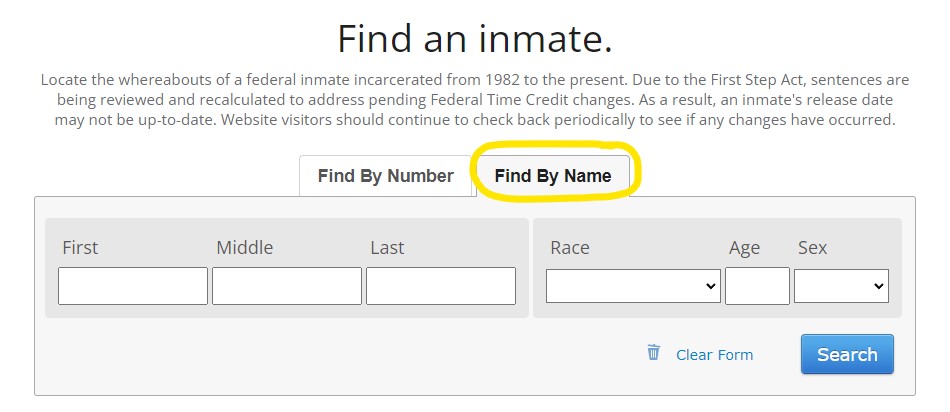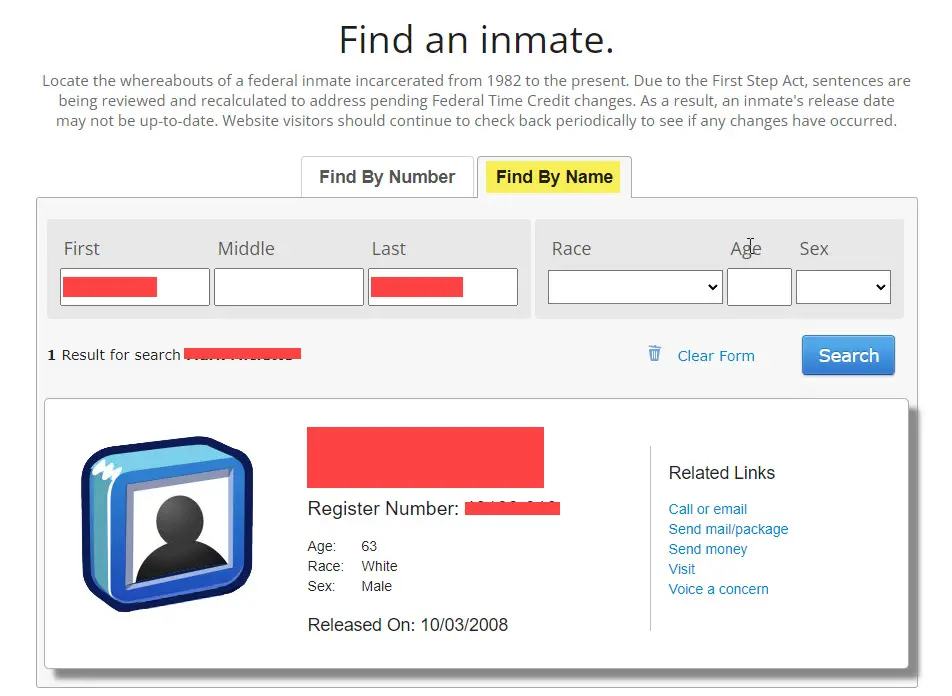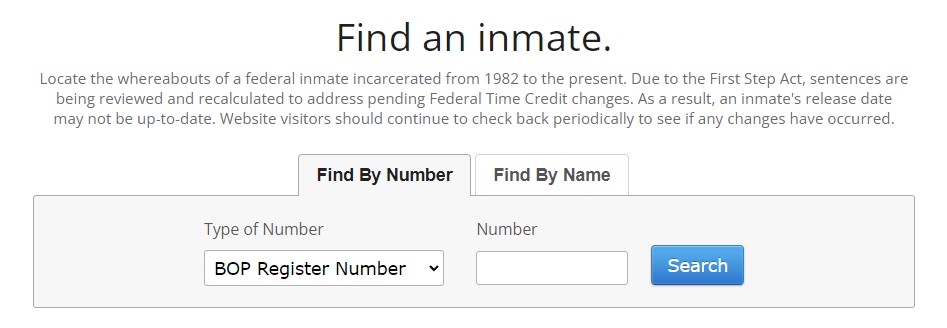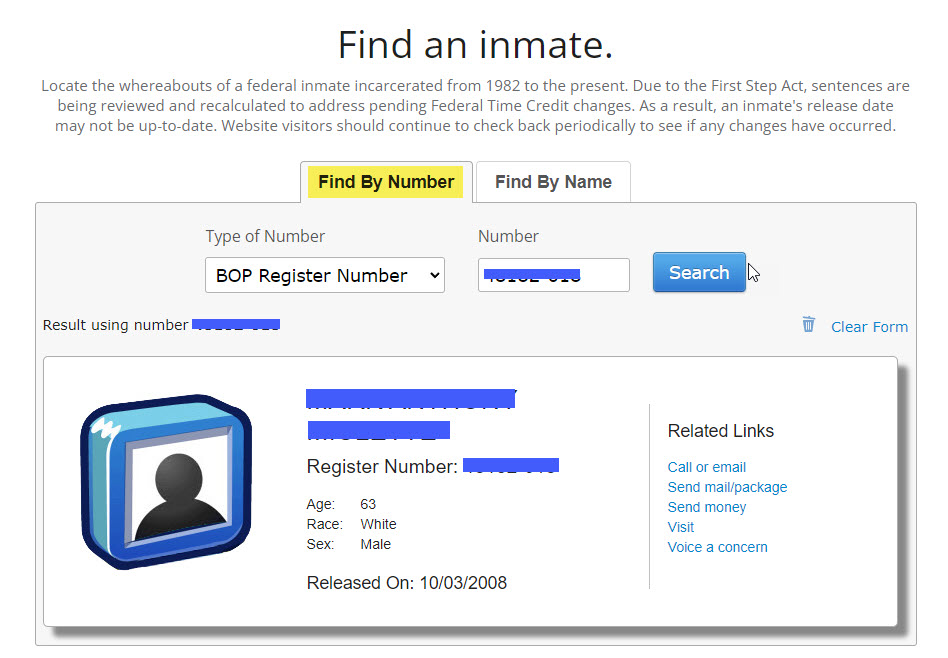
They also publicize in the same database:
The Arizona Department of Corrections maintains different types of prisons.
The prison that an inmate is assigned to depends on factors such as security classification, remaining time of their sentence, gang affiliation, and location of their residence.
Under no circumstances an inmate in custody is allowed to have information about their own or any other inmate’s prison record. This includes information regarding inmates downloaded and copied from the Arizona Department of Corrections, Rehabilitation & Reentry website.
If this information is sent to an inmate, it shall be treated as contraband. The sender will be liable to prosecution under A.R.S. section 13-2505 "Promoting Prison Contraband." This is a Class 5 felony subject to two and a half years in the Department of Corrections.
Arizona's first prison opened in Yuma in 1875. They currently have 10 state prisons that are run by the state, 4 private prisons, and 2 private correctional treatment centers. the number of inmates in custody fluctuates, however as of the end of 2023, they number just under 38,000, with 112 inmates on death row. There are tens of thousands more on parole and supervised release.
The following will explain the instructions, tricks and hacks you can use to find any inmate in custody with the Arizona Department of Corrections.
You must know the inmate's last name and at least the first letter of their first name. If you are unsure of the spelling, you may try searching for news articles using the city and state they were arrested and a spelling as close as you can.
When searching by name, make sure you filer the results by checking the appropriate box for gender, and then for the inmate's custody status; Active, Inactive, Supervised/Parole, or Absconder.
You must know the inmate's ADC Number. It is a 6-digit number that once assigned, will follow them for their entire life, even if they are released and then resentenced for a new crime.
The results of your search will look something the image below. You will be able to see the following:

The Bureau of Prisons Inmate Locator includes inmates that are not only in custody, but who have been in custody and have been released (or who died in custody) since 1982.
For inmates in custody prior to 1982, visit the National Archives Records Administration and provide the following information:
Searching by Name

Searching by Name Results

Searching by Number

Searching by Number Result

Things to Know About Federal Inmate Search Results
When someone that is not a US Citizen gets arrested in the United States, and they are here illegally, depending on what state or city they are arrested in, the person may be turned over to ICE.
Many states such as New York and California, as well as hundreds of US cities, have declared themselves 'sanctuary cities' and do not turn over foreigners here illegally, even if they are committing crimes in their jurisdiction.
However, when an alien here illegally is turned over to ICE, and sent to one of the over 100 Immigration Detention Centers in the United States, the only way to try and locate where they are being detained is using the Online Detainee Locator System.
You can look them up using their assigned A-Number.
You can also try and look them up by using their name.